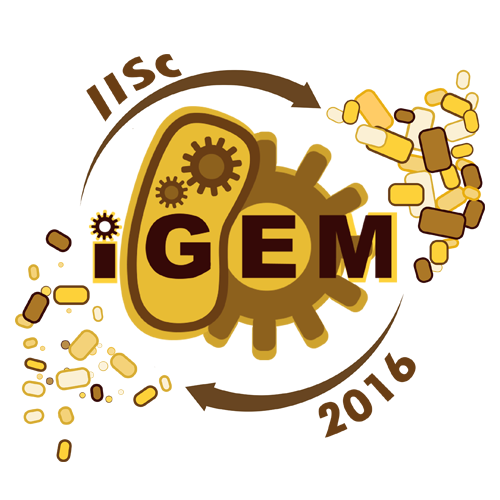Ayanchromium (Talk | contribs) |
Ayanchromium (Talk | contribs) |
||
| Line 97: | Line 97: | ||
<section class="slider"> | <section class="slider"> | ||
<div class="flexslider"> | <div class="flexslider"> | ||
| − | <span class="attri hvr-bounce-to-right "> | + | <span class="attri hvr-bounce-to-right ">Measurement</html> |
[[File:IgemIISc.jpg|100px]] | [[File:IgemIISc.jpg|100px]] | ||
<html></span> | <html></span> | ||
| Line 144: | Line 144: | ||
<div class="container" id="refer"> | <div class="container" id="refer"> | ||
<div class="mid-content fadeInRight wow animated" data-wow-delay=".5s"> | <div class="mid-content fadeInRight wow animated" data-wow-delay=".5s"> | ||
| − | <h3> | + | <h3>Summary</h3> |
</div> | </div> | ||
<div class="row"> | <div class="row"> | ||
Revision as of 14:53, 19 October 2016
Summary
Currently, there are no methods of quantifying Ag43 aggregation quantitatively in unsaturated cultures. In theory, the average sedimentation coefficient is an excellent parameter to quantify the degree of aggregation as larger aggregates sink faster, but its estimation involves the use of an expensive analytical ultracentrifuge.
We developed a protocol to estimate the cluster size distribution (cluster size in units of rpm to settle down the cluster in a given time) in a culture expressing Ag43 that by sedimentation experiments that use only a normal laboratory centrifuge. The data obtained was also in agreement with our expectation of the cluster size distribution and also agreed with our model describing the effect of centrifugation.
To summarize, we developed a parameter to estimate aggregation - average cluster size and estimated this parameter experimentally. This provides a more precise, quantitative method for characterizing the biobricks expressing proteins that cause aggregation like Ag43 and INP.








